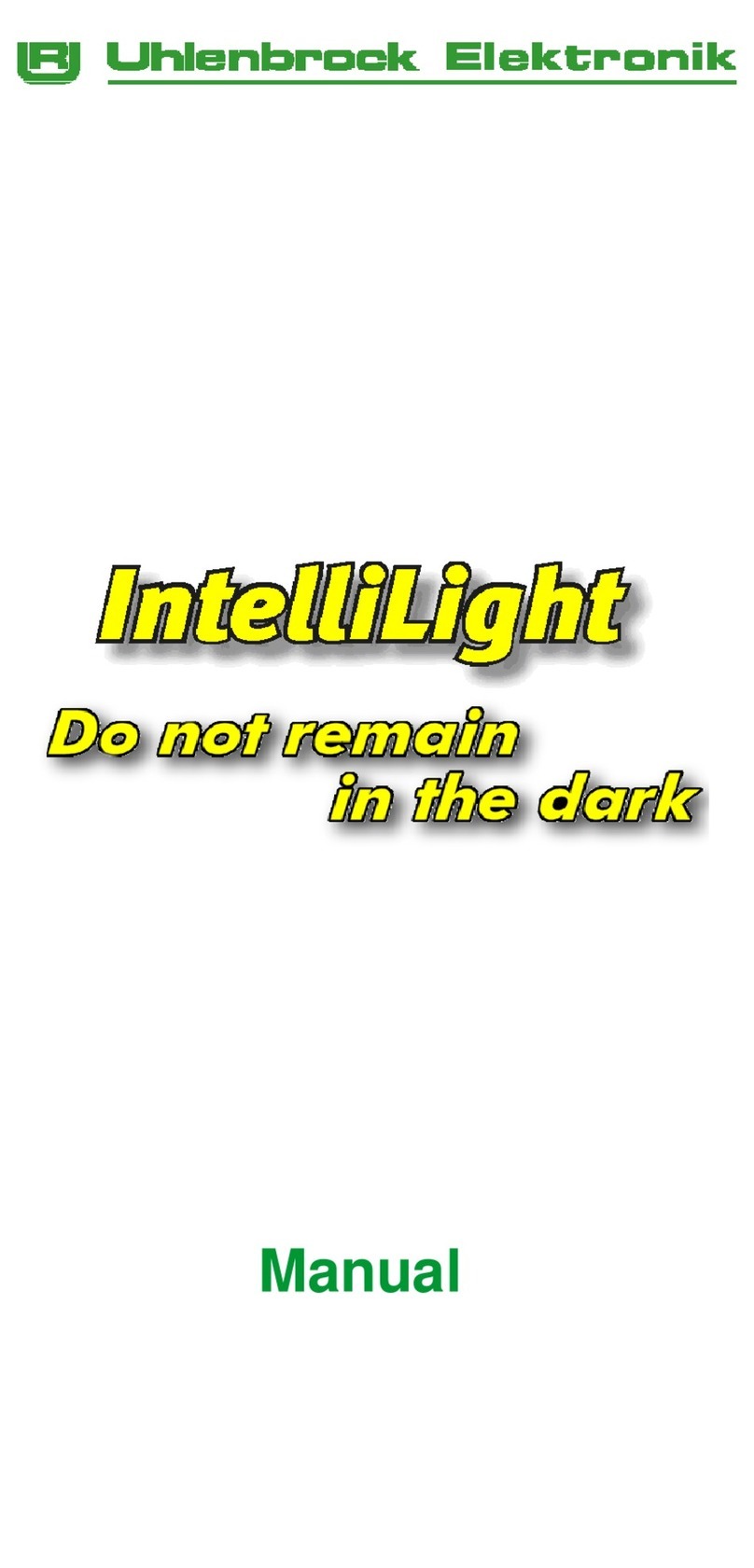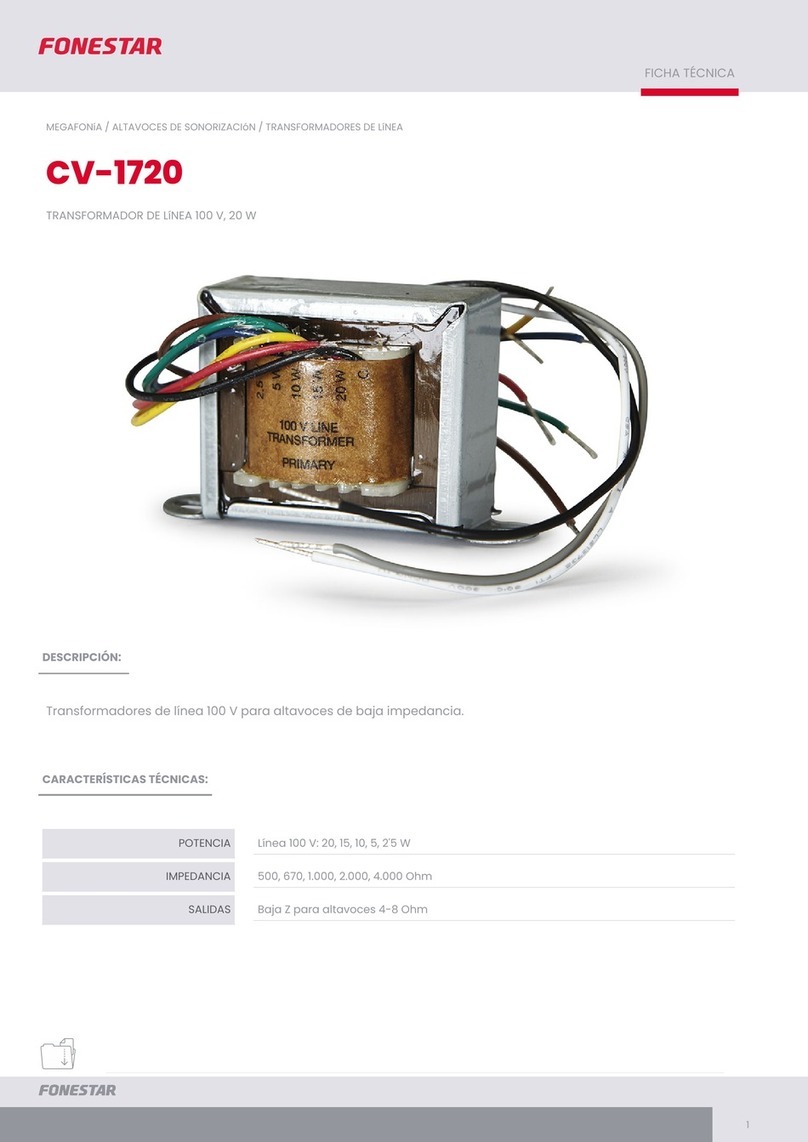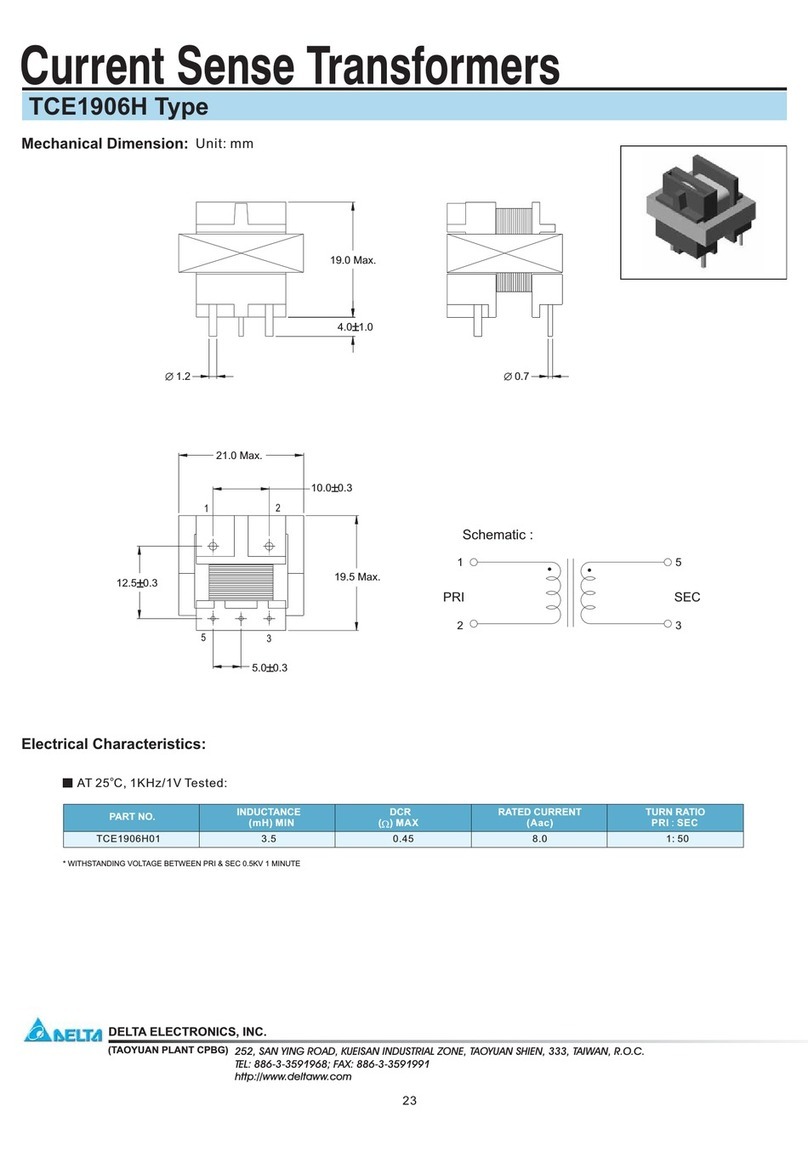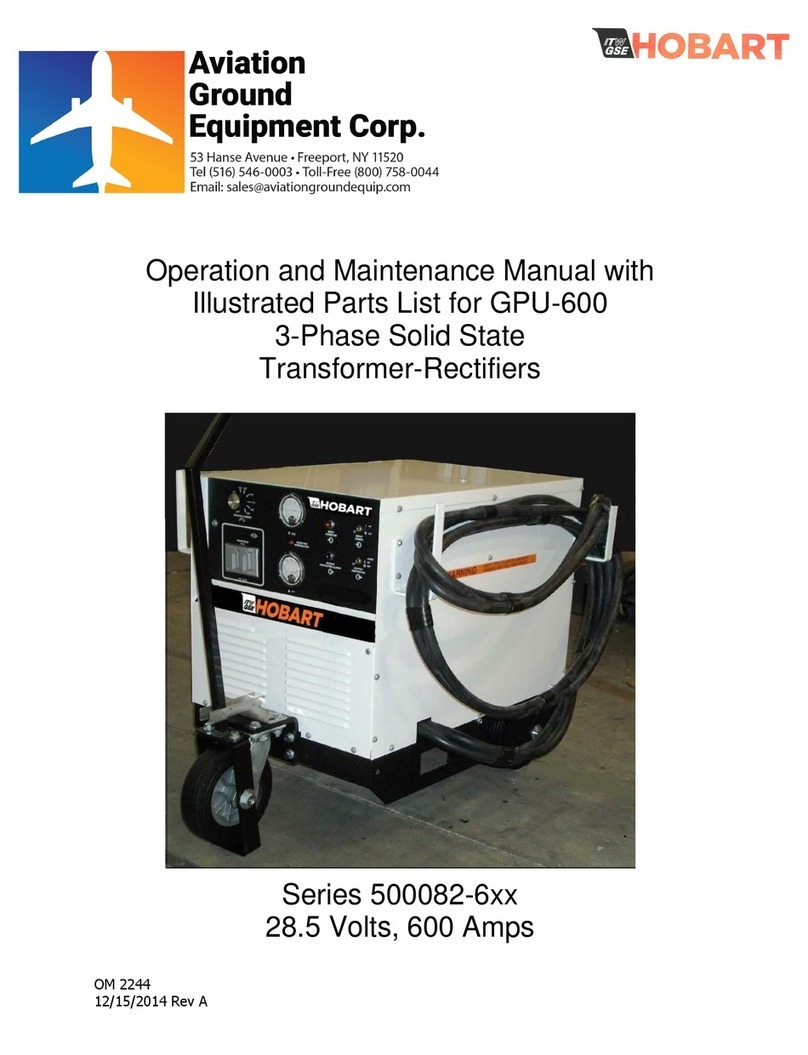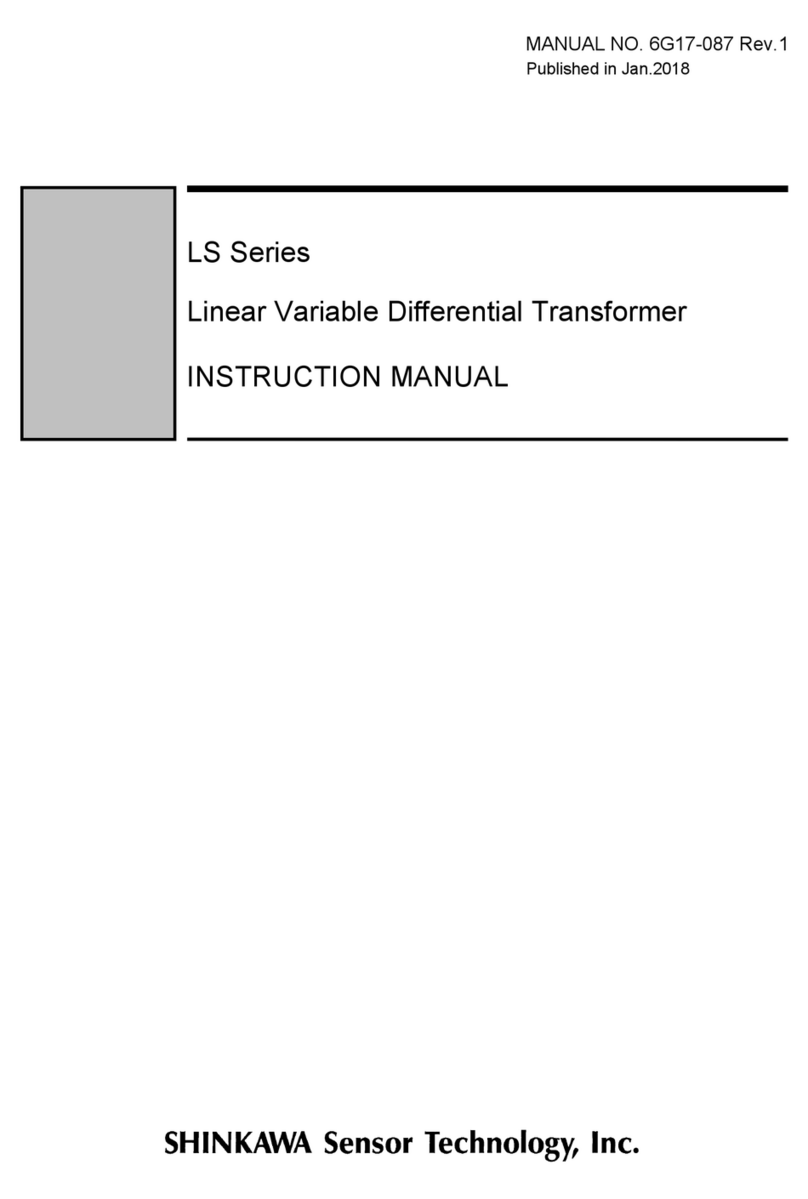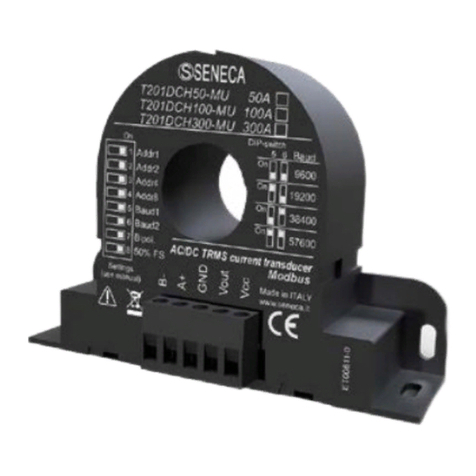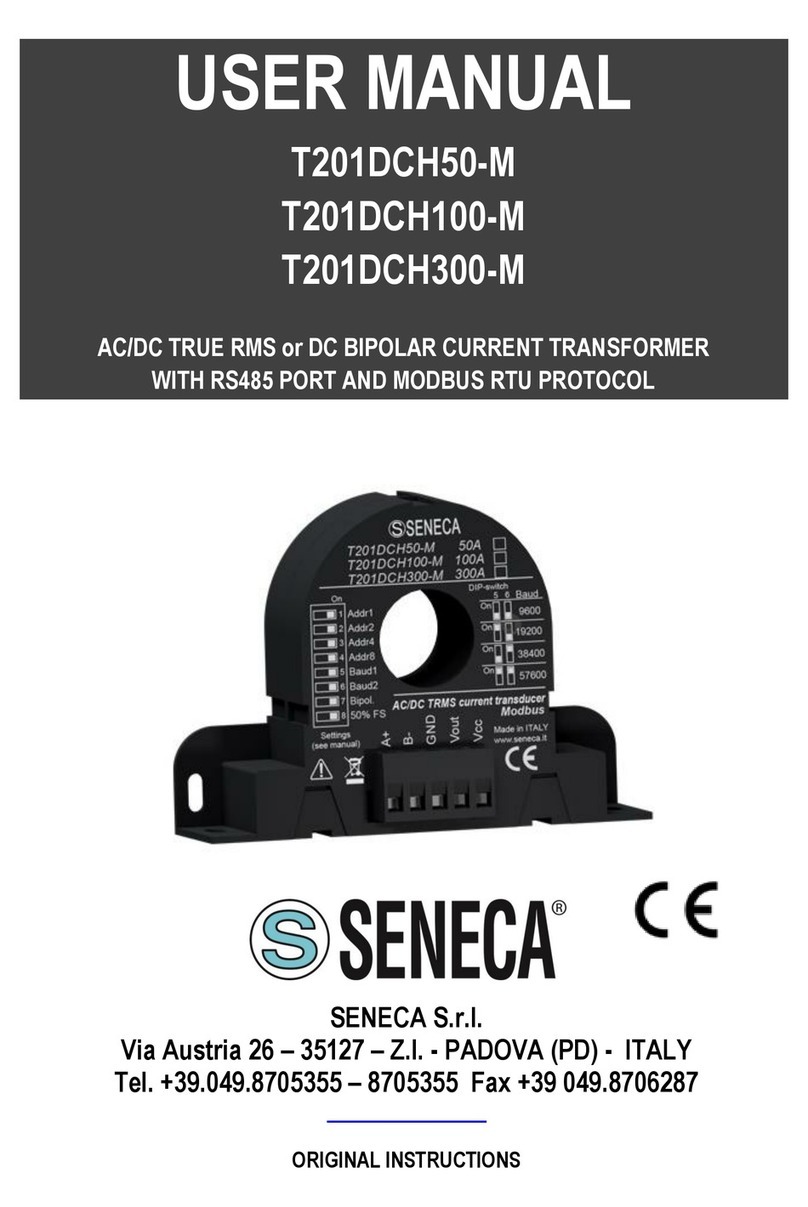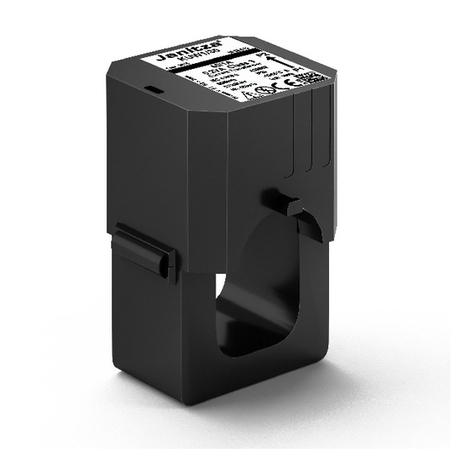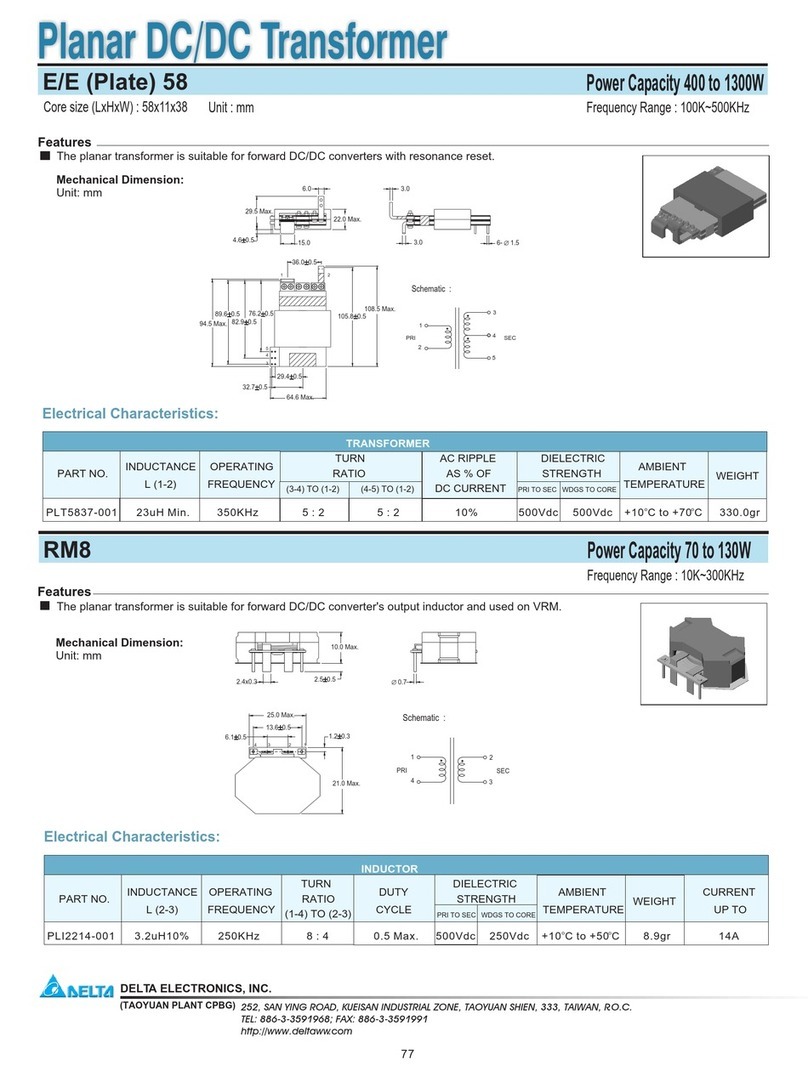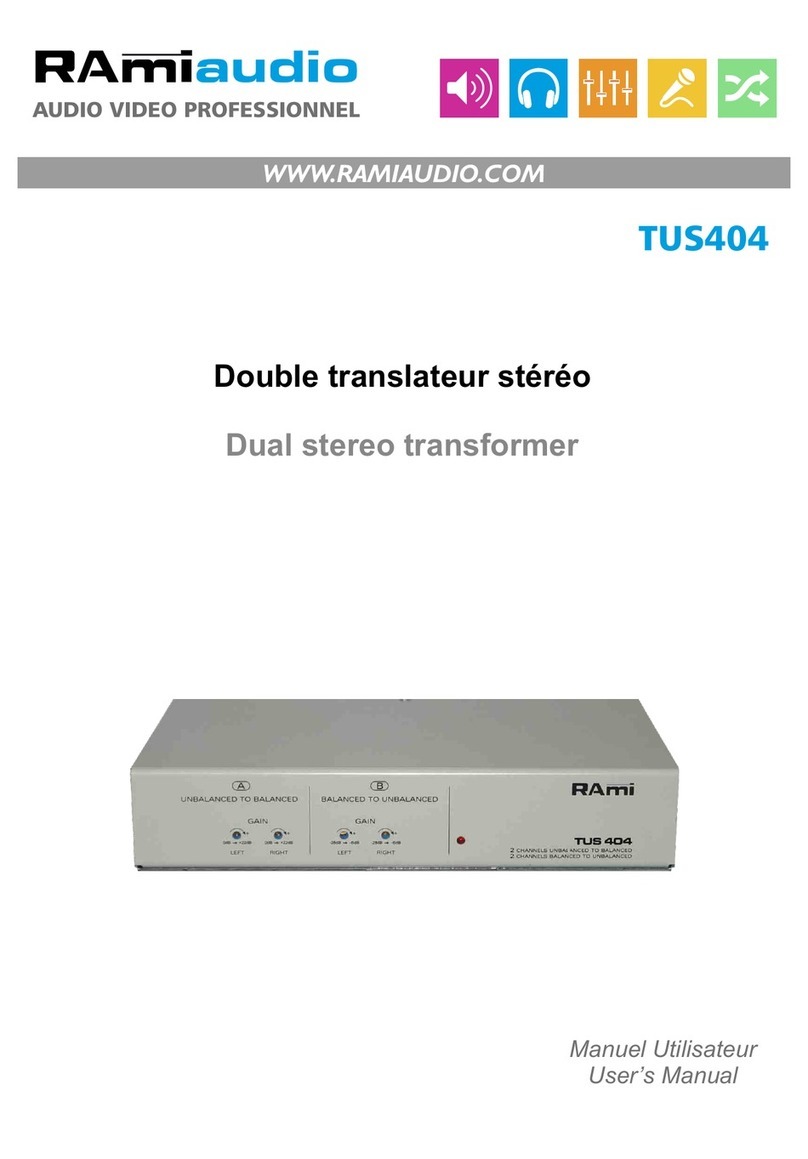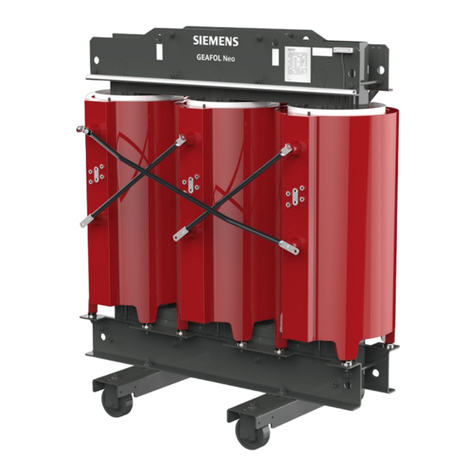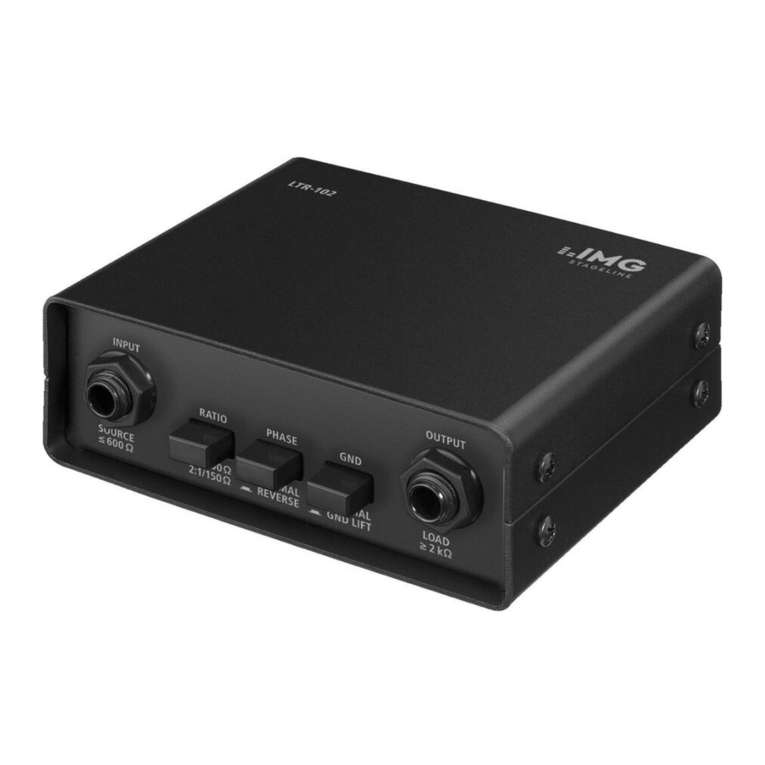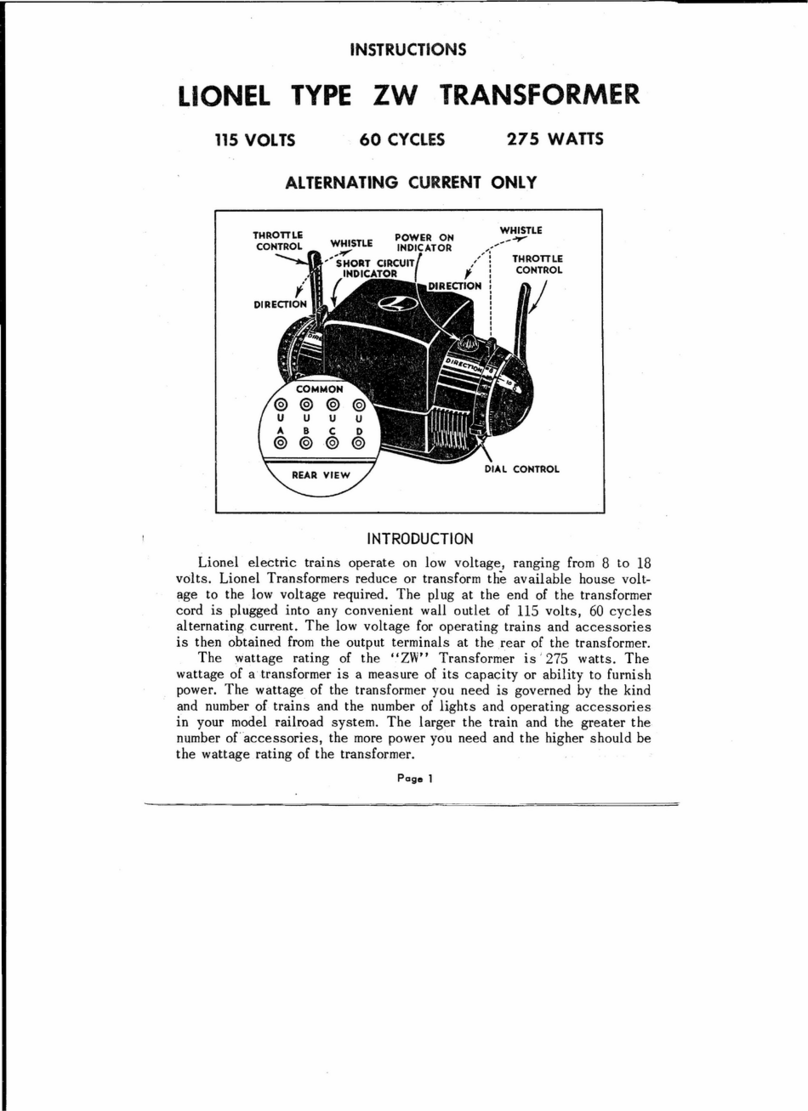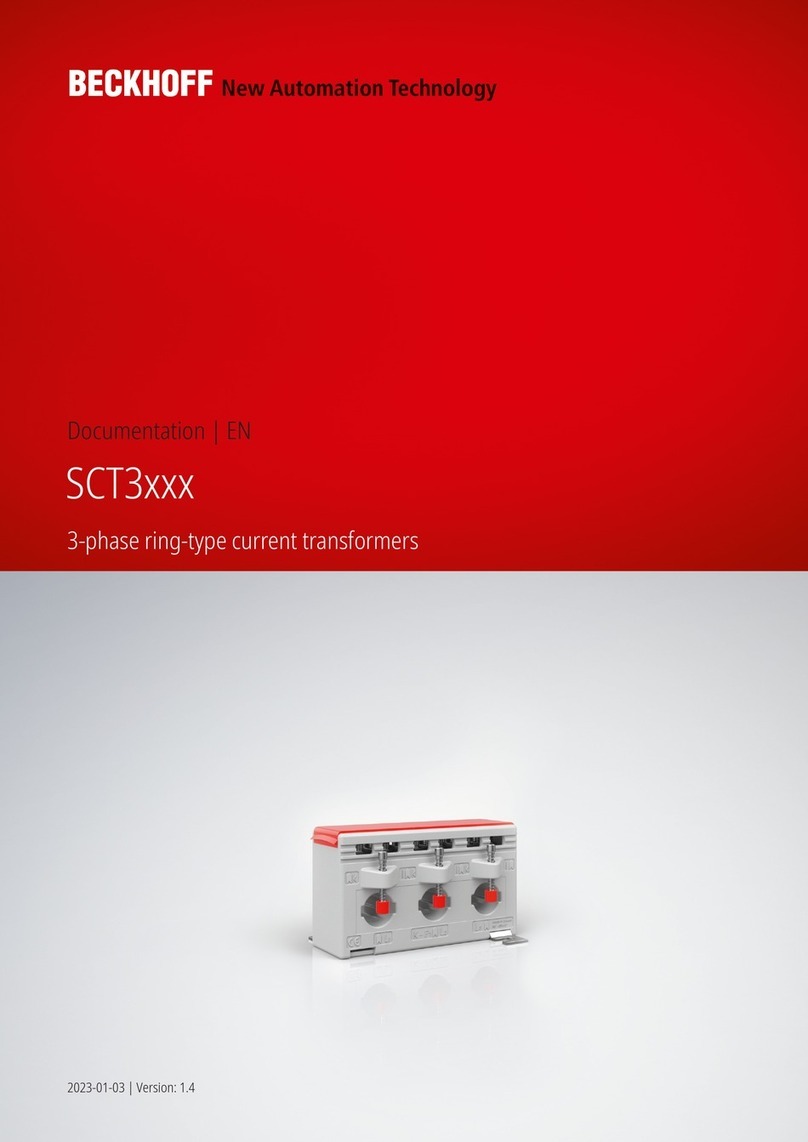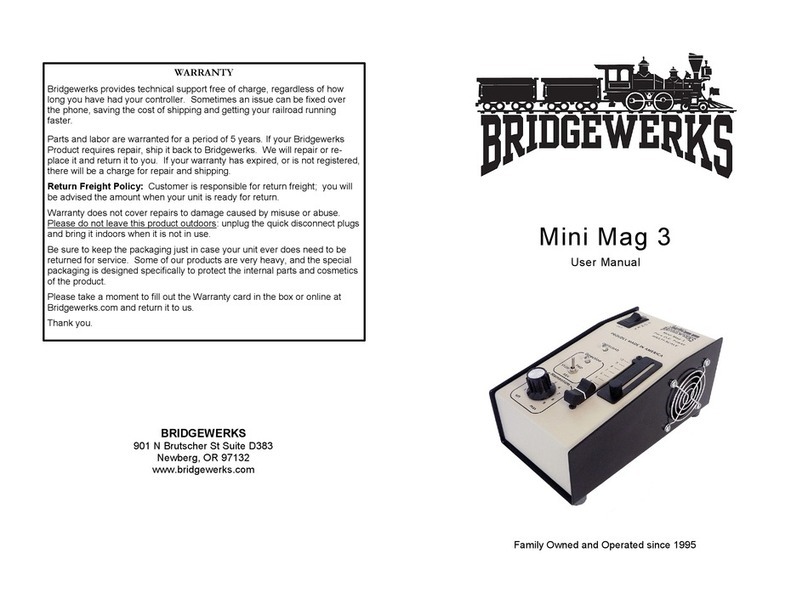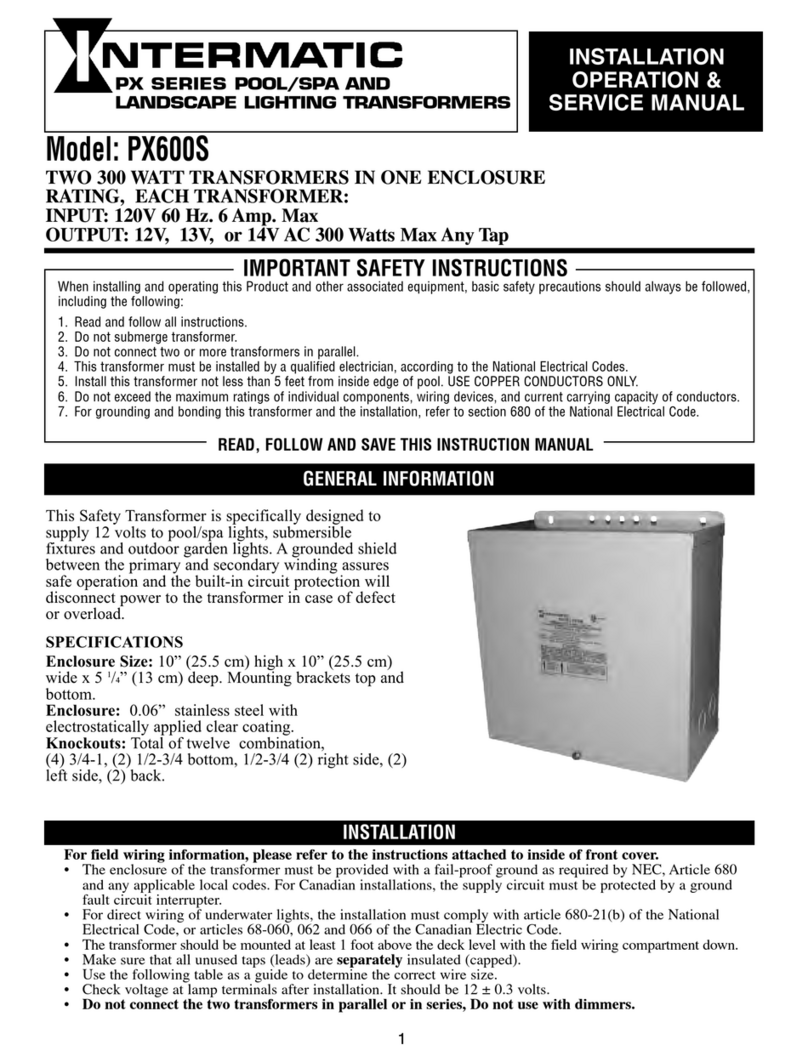
ALL RIGHTS RESERVED. NO PART OF THIS PUBLICATION MAY
BE REPRODUCED WITHOUT PRIOR PERMISSION.
TABLE OF CONTENTS
DEVICE DESCRIPTION AND INTENDED USE...........................................................4
1.1. Description ..............................................................................................................................................................................4
1.2. Features ...................................................................................................................................................................................4
CONFIGURING THE DEVICE ......................................................................................5
DIP SWITCH CONFIGURATION..................................................................................6
3.1. Loading configuration from flash..........................................................................................................................................6
3.2. Setting the RS485 Modbus RTU Station Address................................................................................................................6
3.3. Setting the RS485 Baud rate ..................................................................................................................................................7
3.4. Setting the RMS/Bipolar mode and 50% - 100% full scale ..................................................................................................7
MODBUS RTU PROTOCOL.........................................................................................9
4.1. Modbus RTU function code supported.................................................................................................................................9
MODBUS REGISTER TABLE....................................................................................10
5.1. "0-BASED" OR "1-BASED” MODBUS ADDRESSES ..........................................................................................................10
5.1.1. MODBUS ADDRESSES WITH "0-BASED" CONVENTION..........................................................................................12
5.1.2. MODBUS ADDRESSES WITH "1 BASED" CONVENTION (STANDARD)...................................................................12
5.2. BIT CONVENTION WITHIN A MODBUS HOLDING REGISTER ..........................................................................................13
5.3. MSB and LSB BYTE CONVENTION WITHIN A MODBUS HOLDING REGISTER..............................................................13
5.4. REPRESENTATION OF A 32-BIT VALUE IN TWO CONSECUTIVE MODBUS HOLDING REGISTERS ...........................13
5.5. TYPE OF 32-BIT FLOATING POINT DATA (IEEE 754) ........................................................................................................14
5.6. T201DCH-MU: MODBUS 4xxxx HOLDING REGISTERS TABLE (FUNCTION CODE 3)....................................................15
FULL CONFIGURATION WITH EASY SETUP..........................................................19
6.1. Easy Setup Menu ..................................................................................................................................................................19
6.2. Creating a Project Configuration.........................................................................................................................................20
6.3. Testing the Device ................................................................................................................................................................23
6.3.1. The datalogger ..............................................................................................................................................................24
